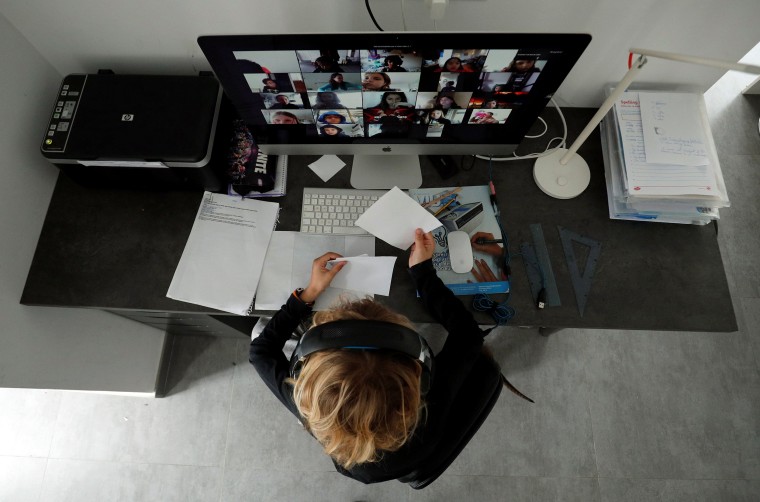If you’re wondering why you seem more exhausted after a work day — without leaving your desk —you’re not alone. Because videoconferencing has replaced face-to-face meetings for many people for more than a year, a new set of symptoms has become so common that’s it’s been coined “Zoom Fatigue.” This unofficial diagnosis refers to the physical and mental toll as a result of constant virtual meetings.
“Zoom Fatigue” is becoming so prevalent that researchers at Stanford University created a Zoom Exhaustion and Fatigue (ZEF) scale to study this phenomenon more closely. Their early work, which has been published but not yet peer reviewed, indicates the frequency and duration of Zoom meetings are associated with a higher level of fatigue.
You may be asking yourself, do you have “Zoom Fatigue?”
Signs and symptoms:
“Zoom Fatigue” can be a general feeling of exhaustion, or it can be more focused on some part of your physical, emotional, social, or motivational health. The most common symptoms are:
-Feeling tired between calls
-Feeling more tired at the end of the workday than usual
-Finding your mind wandering instead of paying attention to your meeting
-Overeating, feeling sweaty, or fidgeting during your calls
-Eye strain or eye irritation that is not pre-existing
-Regular headaches
-Constant feelings of exhaustion
-Anxiety of having to turn on your camera
Why does “Zoom Fatigue” cause mental and physical stress?
When we’re remote, there’s a lot of temptation to multitask (something you’d never do in a face-to-face meeting) and that’s tiring to your brain. It’s also more of an emotional effort to appear interested and engaged for hours on end—even as a participant and not the organizer. You’re always “on” and alert.
The physical “closeness” of too much eye contact can also wear you out. Not only do you see multiple faces close up, you’re also always looking at yourself throughout the day, which is not natural. And communicating is harder with only a head and shoulders to look at. At the same time, you may be concerned with how you look to others and whether any gestures (like a thumbs up or a wave) are within view.
Especially with back-to-back calls, chances are you’re at the same spot for hours. You’re not moving around, and often forget about good posture and proper hand and arm positions at your keyboard.
What can you do to fight “Zoom Fatigue”?
Combating “Zoom Fatigue” is different for everyone, so think about what you’re both willing and able to change in your virtual meeting life. Here are some top tips that can help:
1. Try to leave 10-15 minutes between calls to give yourself a video break. And not just a bathroom break. Take a short walk outdoors or even around your home if you can.
2. Make sure your meetings have an end time, and stick to it.
3. Adjust your computer settings to minimize your screen options—so faces are smaller.
4. Some settings allow you to “hide self” so you are seen by others, but not to yourself.
5. Get some remote headphones or earbuds. When you can, turn your video off, and get up and walk around.
6. Suggest an audio call for one or two people each day instead of a video conference. You’d be surprised how many people will welcome this!
7. Use email or chat messages for information transfer — to cut down (or shorten) meetings when you can. That helps reserve your video calls for meetings that require work done together.
Madelyn Fernstrom, Ph.D. is NBC News’ health editor. Follow her on Twitter @drfernstrom.
